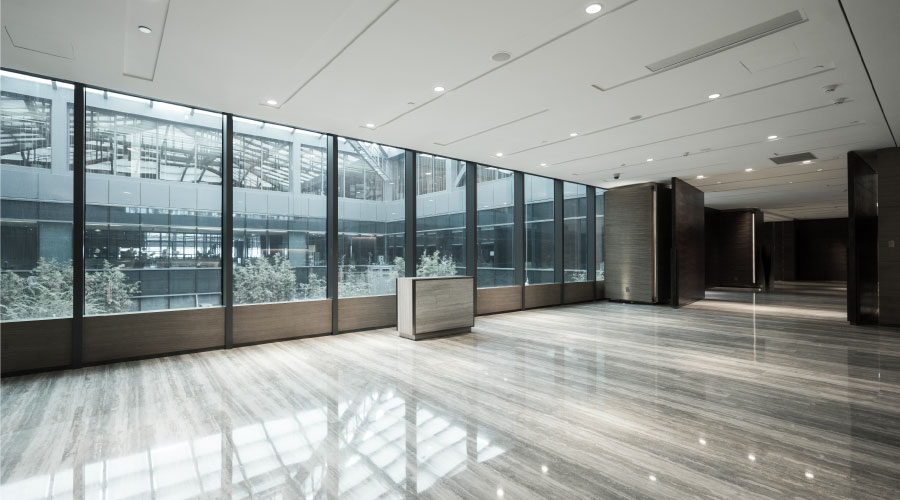Construction Considerations when Coating Floors
During construction projects, floors are at least partially in place before workers complete most of the mechanical, electrical, and structural work. The result in these cases is heavy construction traffic on new floors. Managers can specify composition construction protection for floors, which comes in rolls or sheets and is designed to protect concrete, wood, linoleum, vinyl, vinyl-composition tile, epoxy, urea, rubber, carpet, and many other types of flooring. It also protects the flooring from impact damage and paint spills, and it allows work to progress while concrete is curing. And it is reusable.
After construction has ended, occupant traffic begins, and the finished floor itself has to withstand the load. Schools and hospitals need a seamless, durable yet attractive surface that resists chemicals and is easy to clean and maintain. Other essential performance characteristics include walking and standing comfort, slip-and-scratch-resistance, black shoe mark resistance, no odor, ultraviolet stability, noise reduction, no-wax maintenance, warranty and accessibility compliance. Managers also might need to account for special qualities, such as anti-microbial treatment to reduce floor surface bacteria and anti-static properties.
Thomas A. Westerkamp is a maintenance and engineering management consultant and president of the work management division of Westerkamp Group LLC.
Related Topics:














